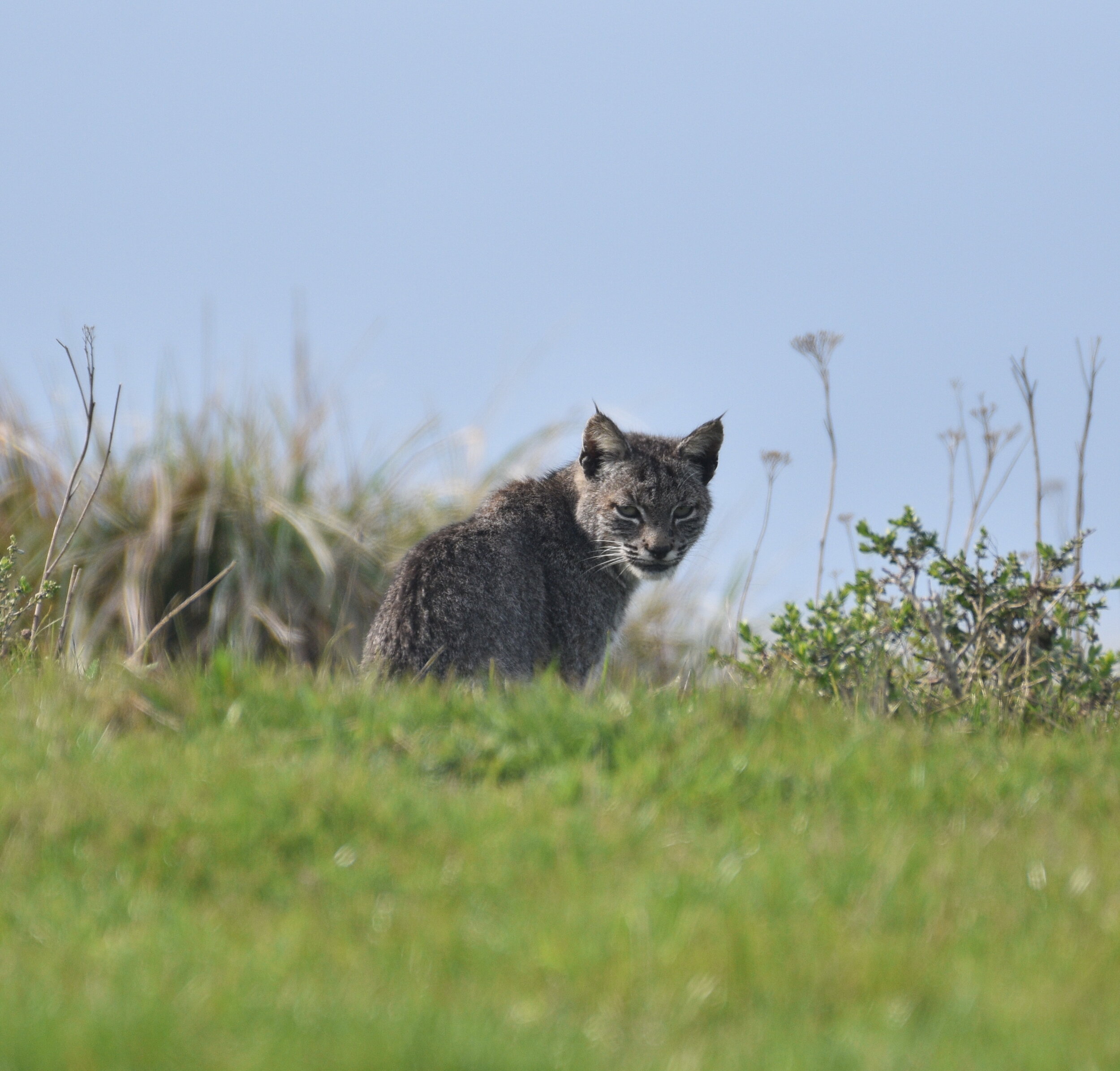LYNX CALLS COMPARED
Eurasian Lynx (Photo by Harry Dona on Unsplash)
Lynx are wild cats which generally live solitarily, are mostly active at night, and are elusive, shy, and secretive. There are four species in the genus Lynx. In Europe the Eurasian Lynx (Lynx lynx) is the most widespread, found across the entire boreal region from the Atlantic coast of Scandinavia to the Pacific coast of Russia. It is also the largest of the four with males weighing in up to about 40kg.
The Iberian Lynx (Lynx pardinus) is endangered with a remnant population in Spain and since 2015, re-introduced to Portugal. Heroic conservation measures have brought it back from the brink of extinction. There are in total about 400 individuals today compared with only 100 about 20 years ago. But the species is still under great pressure.
The Canada Lynx (Lynx canadensis) is found all across Canada and Alaska from the Atlantic to Pacific coasts, and parts of Northern USA bordering Canada. Like its Eurasian counterpart, has a pretty healthy population.
Bobcat © Stuart Chapman
The fourth is the Bobcat (Lynx rufus) which ranges from Southern Canada through the USA to Mexico.
Some time ago I wrote about a lucky encounter I had with a Eurasian Lynx calling in the Jura mountains where I live. This was in March when the pairs are looking to mate, and call to each other, it was a lucky chance even though I never saw the animal:
My friend and former colleague from WWF, Stuart Chapman, visited Northern Minnesota in February and very kindly sent me a couple of recordings of a Canada Lynx. Stuart leads the WWF Tiger Conservation Programme, and in his spare time is on Cat Quest to see all 41 cat species in the world and learn more about wild feline conservation. He had recorded the calls earlier in the week and finally had his own stunning face to face encounter which you can see here, along with some of his other mammalian adventures. Listening to his Canada Lynx recordings I was immediately struck by the similarity of these calls with my Eurasian ones.
Canada Lynx © S.Chapman
As I say, the similarity is striking. Here is the sonongram of the Eurasian Lynx:
Eurasian Lynx call
and now the Canada Lynx:
Canada Lynx
The sonograms of the Canada Lynx were tricky to make, and they are fuzzier as the recordings were taken by video equipment and the animal was some distance away on a snowy day. But one cannot be too picky with such elusive beasts, so I have put the two side by side out of interest:
Canada Lynx first 5 calls; Eurasian Lynx last 6 calls
Clearly the Eurasian call is higher pitched, despite the much larger size of this animal. In both cases the shape of the sonogram is an inverted V, for the Eurasian Lynx it starts at about 1-1.1 kHz rising to 1.6-1.7 kHz and then falls to 0.9-1.0 kHz. The Canada Lynx is harder to define but the second call above gave a reasonably clear pattern and seems to start at about 0.7 kHz, rising to about 1.15 kHz before falling to 0.6 kHz. The European call is slower with about 1 call every 2 secs, whereas in the two Canada samples I measured 1 call every 1.13 secs on one sample and every 1.3 secs in the other. One other thing in common is that I notice that at the end of a calling sequence they “fade out” by dropping both pitch and intensity - listen (Canada first)
Eurasian Lynx (Photo by Sophie Vinetlouis on Unsplash)
Wild Lynx make a wide variety of sounds, especially during disputes at territorial boundaries, or males competing for females. A small number of these dramatic contests have been filmed and can be found on the internet, they sound just like two cats fighting (surprisingly!). These two will never be found together in the wild, but I show this analysis because there seem to be rather few recordings of Lynx making this call in the wild. Mowat and Slough 1998 have described this short call as a “bark” and ascribe it to contact calls in family groups, between mother and young etc. However, both the Eurasian and Canada Lynx are polygynous and females will call during the mating season (Feb-April) to attract males. The females only come into oestrus for a few days, and need to find the right male during this brief period of fertility (Sunquist and Sunquist 2002). They have a two month gestation period so will only produce young in the May-July period. Since both these recordings were made in February and March it is more than likely that they were contact calls made by females for mating purposes. But we cannot be absolutely certain of this, so differences between the calls could be species differences or could be sexual differences or both.
Nonetheless, it is interesting to document these rare events. We now know that top predators play a critical role in maintaining natural ecosystems through their interactions with prey. One of the most powerful examples is of wolves in North America where their hunting of Elk determines aspects of vegetation composition and structure. Now in Europe large carnivores are on the rebound after a long history of persecution, and it will be interesting to watch how relationships with people are managed in this critical conservation work. It is one of the ironies of life that people who love to see documentaries of tigers in Asia don’t necessarily adapt well to wolves and lynx in their own neighbourhoods!
Canada Lynx © Stuart Chapman







